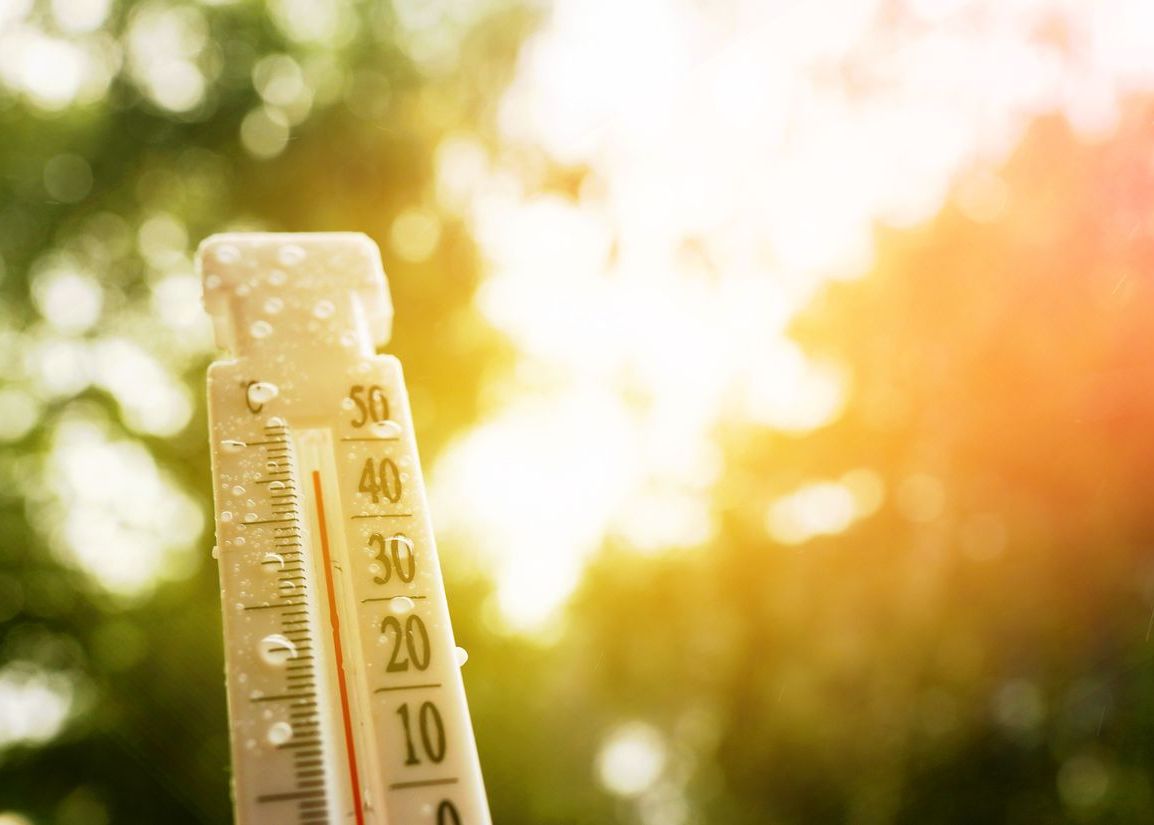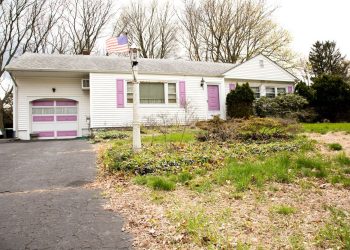During the winter, the temperature might repeatedly fall below freezing, rise, then drop again. Freezing and thawing can damage your home’s foundation and cause other issues.
How Shifting Temperatures Can Damage Your House
When it rains or when snow melts, water can seep into small cracks in your home’s foundation. When the temperature falls below 32 degrees Fahrenheit, that water can freeze.
Water expands when it freezes. That causes small cracks to become larger. This process can play out over and over, with water repeatedly freezing, melting and refreezing, and cracks getting bigger and bigger.
Freezing can also cause the soil around your home to expand. If the ground under the foundation freezes, it can heave and exert upward pressure on the foundation. That can make floors become uneven and cause walls to bulge. Heaving can also affect the alignment of windows and doors and make them difficult to open and close.
A series of freeze-thaw cycles can cause your house’s foundation to shift. That can make it become structurally unstable.
Cracks in the foundation can allow water to seep into the basement. Moisture can damage flooring, drywall and furniture and create a breeding ground for mold and mildew.
How to Protect Your Home From Freezing and Thawing
Insulating the foundation, either inside or outside, can help keep it at a consistent temperature. Maintaining a stable temperature inside the house can also help protect the foundation from freezing.
Another effective strategy is to keep water out of the foundation. You can check the foundation for gaps or cracks and seal minor ones yourself so water won’t be able to seep into them and then freeze. Keeping the gutters clean and directing water away from the house can prevent water from accumulating near the foundation.
Get Help From Professionals
Having your home’s foundation inspected regularly can help you avoid a problem or catch an issue early and keep it from getting worse. A contractor might recommend sealing cracks in your foundation, waterproofing the basement or installing a sump pump.
If water tends to collect in certain areas when it rains, you might have to install a drainage system or change the grading in your yard to make the ground slope away from the foundation. That will cause water to flow away from the house, not toward it.
Protect Your House From Winter Damage
You can’t stop temperatures from changing in the winter, but you can take steps to prevent damage to your home’s foundation. Taking some simple actions yourself and seeking advice from professionals can save you money in the long run and give you peace of mind.











